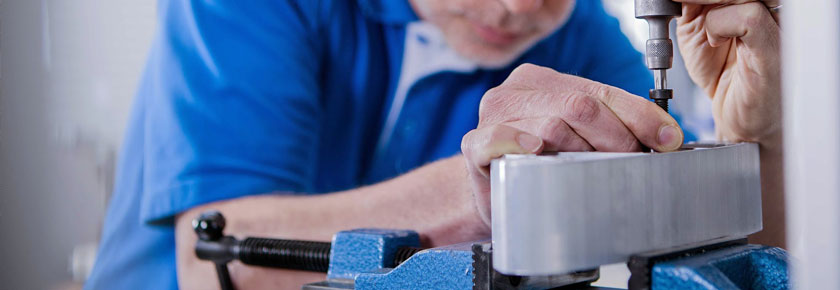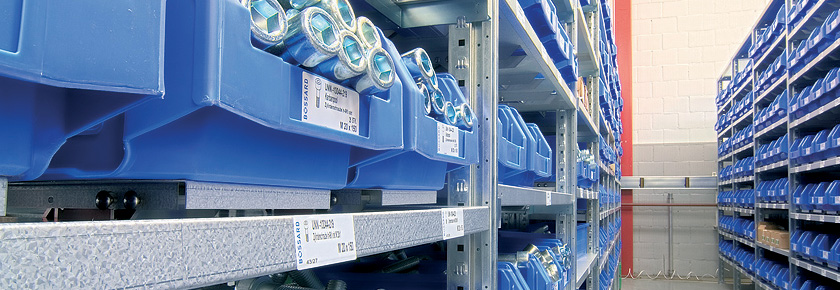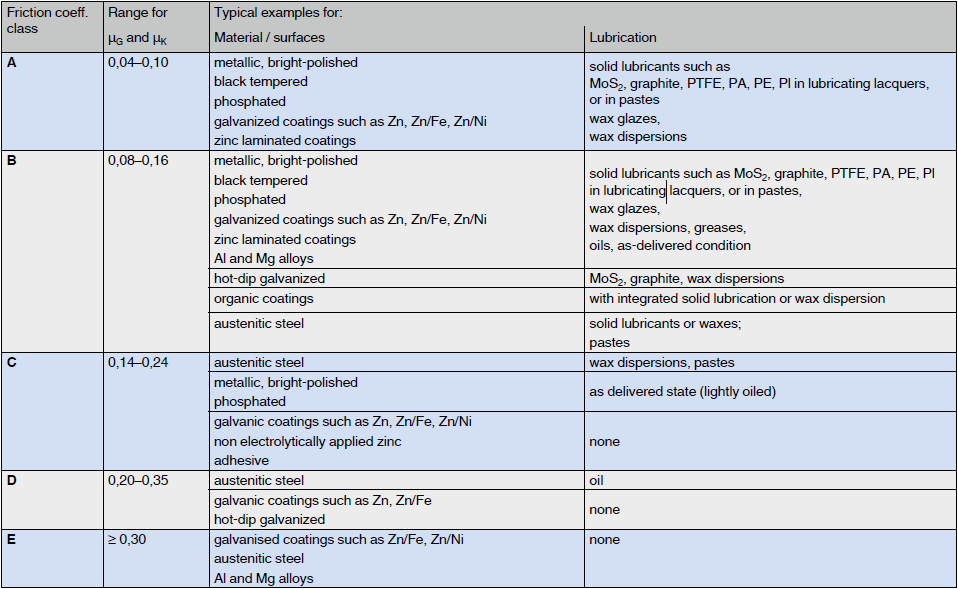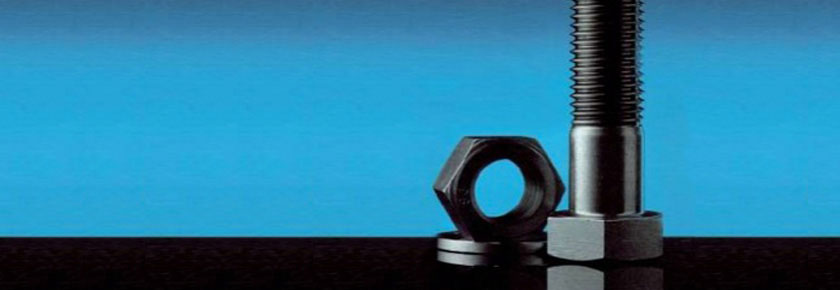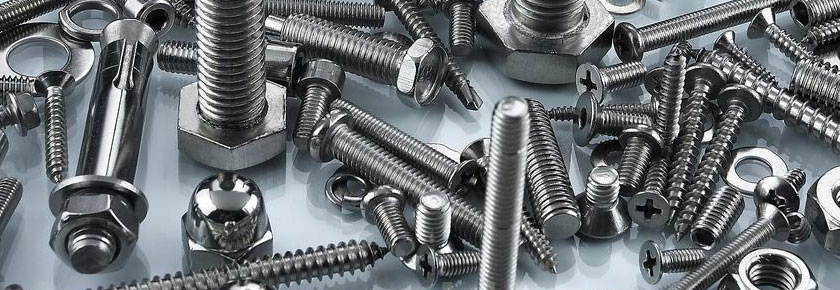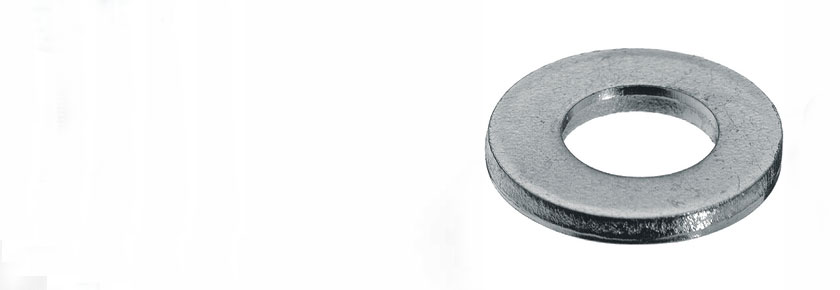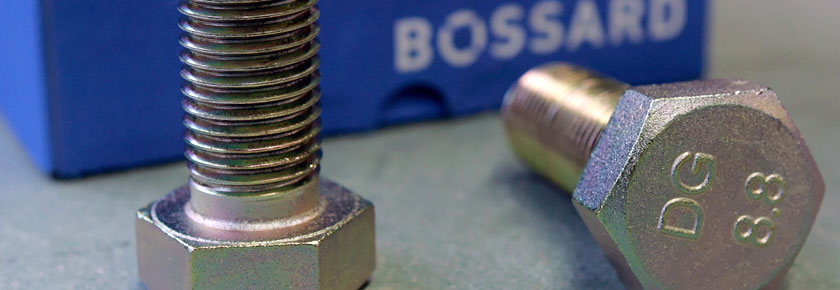Special Engineered Parts
Fastening solutions are often a critical piece of your product. This small piece can have a significant impact on your product, from functionality to design to durability.
So what happens when you can’t find the right fastening solution for your product?
The answer is simple: Bossard will create one.
Bossard works to develop and produce cost-effective solutions that are tailored to our individual customers’ needs. That means creating special engineered parts, including cold extruded parts, turned parts, milled parts, stamped parts and bent parts. Whatever our customers need.
Extrusion parts are produced in large batch sizes and will require special tools, and whether or not the part can be produced through the extrusion process depends on material, form, production tolerances and other performance targets.
Turned and milled parts are best suited for prototypes, and anything that requires high precision, tight tolerances and complicated forms.
Punched and bent parts are perfect for fastening elements, washers and other parts for machinery and equipment construction, from single parts to small and large batches.
Not to mention finishes and secondary operations on standard products or specialty items that can be used to address and/or accommodate special customer requirements.
For unparalleled competence, proven quality and unquestionable reliability, choose Bossard and our special engineered parts customized to fit your needs.
Interested in learning more about our special engineered parts? We’d love to discuss this further! Contact us at ProvenProductivity@bossard.com to get the conversation started.

